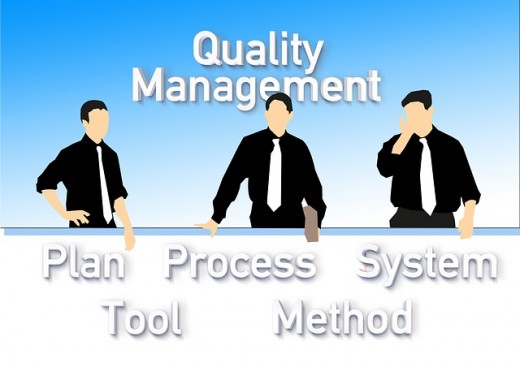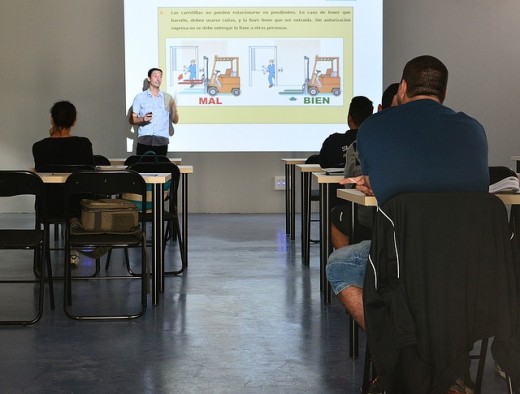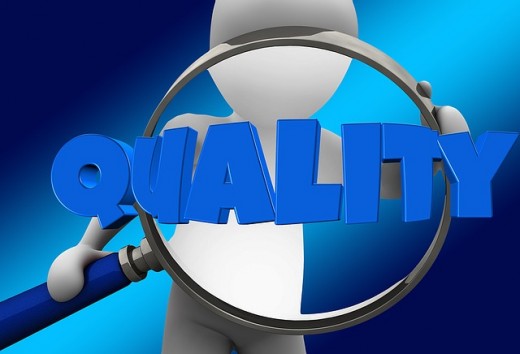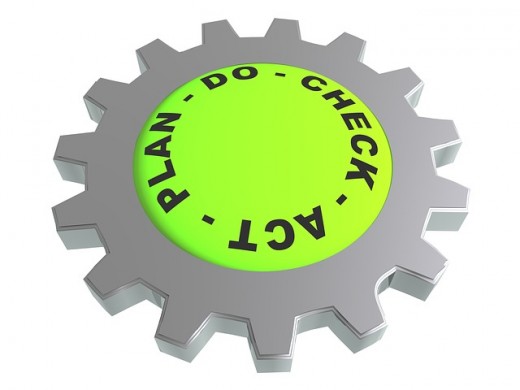Want to Save Money? Then, Plan For The Quality
“More than the act of testing, the act of designing tests is one of the best bug preventers known. The thinking that must be done to create a useful test can discover and eliminate bugs before they are coded – indeed, test-design thinking can discover and eliminate bugs at every stage in the creation of software, from conception to specification, to design, coding and the rest.”
– Boris Beizer

A project meets its quality expectations when the requirements committed in the beginning are met at the time of delivery. Also, the product should be viable for the end user. But it is not so simple, managers across the industries keep themselves on their toes to manage and control the quality of a product throughout the project. Because they know it very well that failure in quality can sabotage their project.
Are you going to purchase a product having low in quality? Maybe never, same with our customers, they are not an exception; they also care about the quality as we do. It is true that one of the important parameters to measure the worth of a product is its quality. Whether it is a software product or construction of a building, the customer approves the final product only when it successfully passed through the quality processes.
Just a few years ago people used to underrate the importance of quality. The complete focus was on the development of the product, having the mindset that putting efforts in a quality process is just a wasting of money and time. And, what is the need of a quality phase when testing can be done by the developer in the development phase itself?
Just imagine a situation where a website is working fine with 50 users but when it crosses 50 user hits, the website gets crashed. Is this issue can be found and resolved if the product would have passed through the quality phases?
Certainly, a simple performance testing can surely capture such type of issues with minimal efforts. Quality is as important as the development of the product. A low-quality product can have several negative impacts, an unhappy customer, frustrate sponsors and deserted stakeholders. And above all the reputation of the organization damages badly.
To sustain in the aggressive market, it is highly desirable that the product should be of high quality to give a long-lasting positive impact on the end user to generate more demands in the market.
So, it is important to have a dedicated quality process and adequate resources to test the product before it delivers to the customer. But it is not a simple process as some people still thinks like that.

Quality Management is the process to establish the quality processes. It is important to create and follow standard quality policies and methods which satisfy the quality needs of the project,
Quality Management consists of following three key activities.
- Quality Planning- It is the process to identify the quality requirements of the product under test, define the set of processes and procedures which can be practiced to achieve the quality
- Quality Assurance- It is the process to assure that the defined quality standards are followed in the team as per the plan to make sure that the product is meeting the specified requirements
- Quality Control - It is the process to monitor that the quality is maintained throughout the project and meeting the customer's requirements. Also, appropriate corrective actions are applied when needed
Each of these processes has important significance to achieve the desired quality in the project.
Do the Planning- Save the Money
For any activities, planning is the foundation on which the projects get developed. A proper planning has the potential to decrease the unwanted costs and efforts, also helps to manage the project efficiently.
While doing the planning on various quality requirements and activities for the project, it is essential to identify the areas where money and efforts should be invested to prevent failures.
Let's discuss those areas where money invested is actually money saved, costs and efforts need to be invested in preventing failures which in turn saves the cost incurred in failures. The cost required to spend on those activities is called Cost of Conformance.

These are the essential activities need to perform in the project life cycle itself to prevent the defects slipping into the hands of the customer.
- Training- Training is one of the essential parts to prevent the defects. Whether it is a software product or engine of a car, the professionals who work in the project should have adequate knowledge of the quality requirements to test the product efficiently, Based on the requirements, plan for proper training sessions to make them understand the quality processes and procedures to reduce the chances of rework. Thus save the money incurred in reworks.
- Documentation- Documentation is necessary to store and share the information across the team. It is an evidence that work has been done and team can review the work as when required to ensure that nothing is left or skipped.
- Equipment- The resources (Software/Hardware) should be well maintained to get maximum output from them. A regular update is highly advisable to keep them up to date to produce quality works.
- Quality Standards- The quality standards and procedures should be well documented and available to everybody in the team. The team must follow the defined policies to achieve quality works.
The money spends on the above activities is called Prevention Cost. The cost and efforts utilized to build the quality product.
There are other activities which are equally important to evaluate the quality of a product to ensure that a high-quality product should be delivered to the customer. The money spends in the following activities is called Appraisal Cost.

These activities are:
- Testing- Adequate testing is highly required to deliver a great quality product. The team should be aware of various testing methods and procedures appropriate for the product in testing. Test the product as per its requirements leaving no stone, and save the external failure cost.
- Destructive testing loss- Destructive testing is also necessary to deliver a quality product to the customer. Many car companies perform the Crash-Test to get the safety ratings and strengthen their brand value among the masses. Though while doing the Crash-Test a minimal loss of cost and efforts incurred but comparing to the benefits post production, that cost is negligible.The other types of destructive testing are Stress Tests, Crash Tests, Hardness Tests, and Metallographic Tests.
- Inspections- Inspections can save a lot of money for your project, as it ensures that the team is following the required quality processes and procedures. It involves a thorough review of the documents like quality plans, cases, and others to ensure that the team is heading in the right direction to deliver a quality product to the customer.Though some cost is involved in setting up the inspection process but ultimately it improves the quality, thus saves cost.
There are also other types of cost where Managers are forced to spend hefty bucks to save the projects. These are the failures found internally and also externally at the customer side, when the product doesn't meet the quality requirements.

The cost involved for these type of failures are called Cost of Non-Conformance. The cost incurred at the organization's side due to failures are called Internal Failure Costs. Those activities are:
- Rework- Rework surely hurts the budget of the project, as well demoralized the team's spirit.
- Scrap- Scarping a module or a part of codes is not only wasting the time and efforts involved in making of that, also it is wasting of the money invested.
And then the External Failure Costs, which is the cost incurred when defects found at the customer side, which normally resultant:
- Warranty work
- Liabilities
- Loss of business goodwill
Quick Glance on Cost of Quality
Cost of Conformance
| Cost of Non-Conformance
|
|---|---|
Prevention Costs
| Internal Failures
|
Appraisal Costs
| External Failures
|


It is wiser to invest more money in preventing defects rather than resolving the failures at a later stage and damaging the reputation at customer end.
So, to save money it is important to create a proper plan focusing the areas of testing, training, inspections, documentation and other quality processes and standards.
There are some useful quality planning and control tools in the context of PDCA cycle (Deming Cycle- Plan-Do-Check-Act), which can be used at the planning stage to prepare a better plan. Also, additional quality planning tools like Brainstorming, Force Field Analysis, Nominal Group Techniques, Quality Management and control tools which can help to prepare a better quality plan.
Do you also think that quality plays an important role while buying any product?
© 2017 Kishor Mohanty








